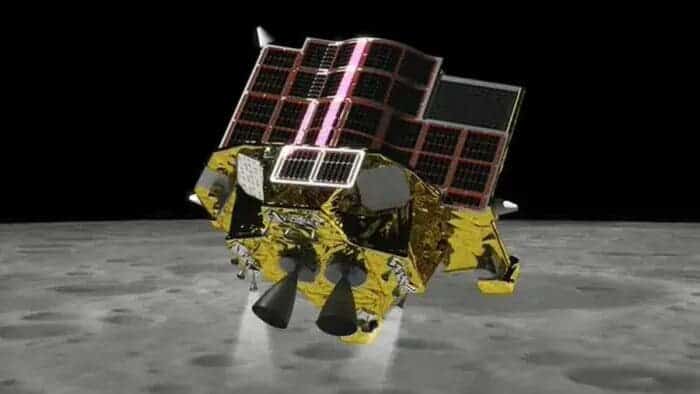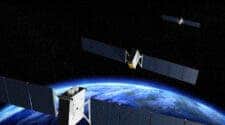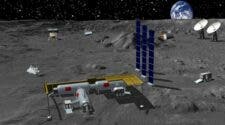Japan Aerospace Exploration Agency (JAXA) announced on December 5 that its robotic probe “Smart Lander for Investigating Moon (SLIM)” is scheduled to be launched on January 20 next year. Japan’s first lunar landing was achieved in the early hours of the morning. Recall that earlier this year, Japan’s ambitious plan to carry out the country’s first moon landing faced a setback when a private space venture, ispace, lost contact with its spacecraft, the HAKUTO-R Mission 1 (M1), moments before the planned touchdown.
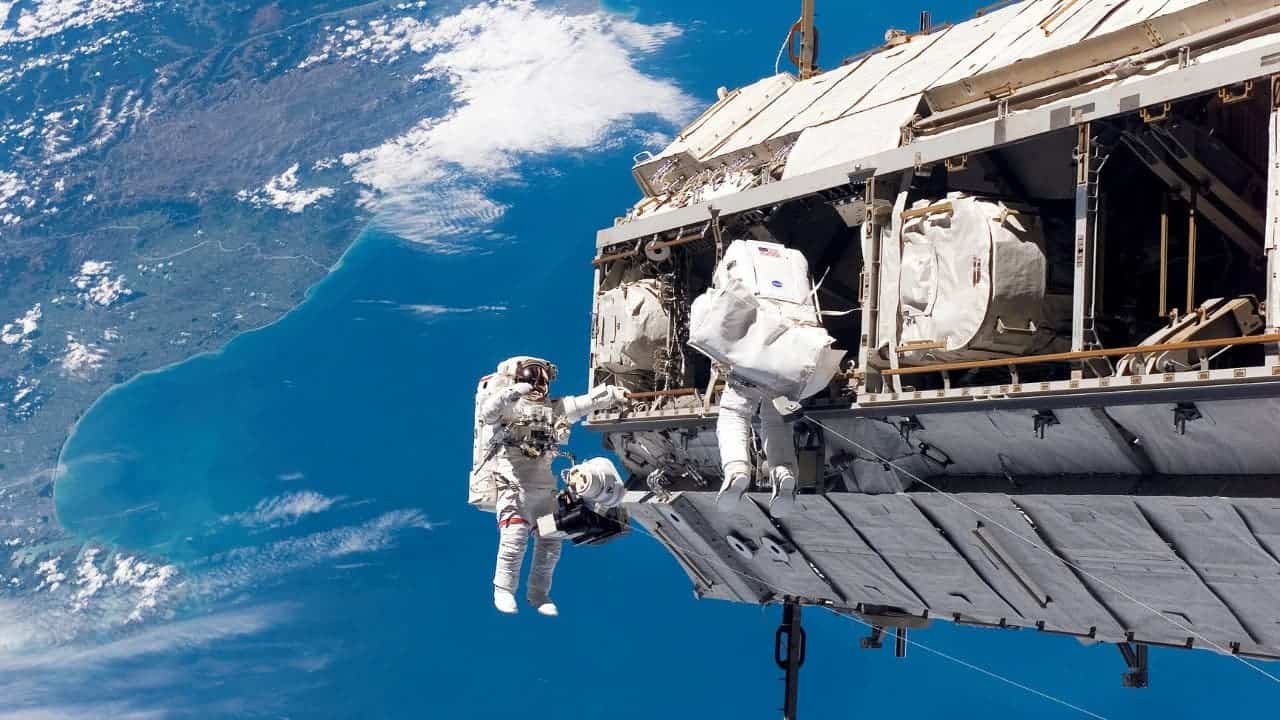
The mission, designed to be the first commercial landing on the moon, aimed to gather images and data to inform Japan’s future lunar exploration efforts. The failure comes as a blow to Japan, which has set itself a goal of sending astronauts to the moon by the late 2020s. Despite the setback, the country remains committed to lunar exploration, with plans for future missions already in the works. Before we discuss its latest plan for January 20 next year, let us take a look at its failed attempt earlier this year.
The Failed Landing Attempt
The HAKUTO-R Mission 1 (M1) was designed by the Japanese company ispace and launched atop a SpaceX Falcon 9 rocket. The spacecraft was equipped with a mini lunar rover that was intended to roll across the lunar surface and gather valuable data. Other payloads onboard the lander included a solid-state battery, an artificial-intelligence-powered flight computer, and a 360-degree camera. The mission also aimed to take part in a NASA program to claim and transfer ownership of lunar regolith.
Approximately an hour before the planned touchdown, the 2.3-meter-tall M1 began its landing phase, gradually tightening its orbit around the moon from 62 miles above the surface to about 15 miles. However, the mission encountered difficulties, and the spacecraft crashed while attempting to land. The flight controllers lost contact with it moments before the planned touchdown.
Explaining the reason for the failed landing, Chief Technology Officer Ryo Ujiie told a news conference
“It apparently went into a free-fall towards the surface as it was running out of fuel to fire up its thrusters,”
Significance and Future Plans
The failure of the HAKUTO-R Mission 1 (M1) is a significant setback for Japan’s lunar exploration efforts. The country has set itself a goal of sending astronauts to the moon by the late 2020s, and the success of the mission would have been a major milestone towards achieving this goal. Despite the setback, Japan remains committed to lunar exploration, with plans for future missions already in the works.
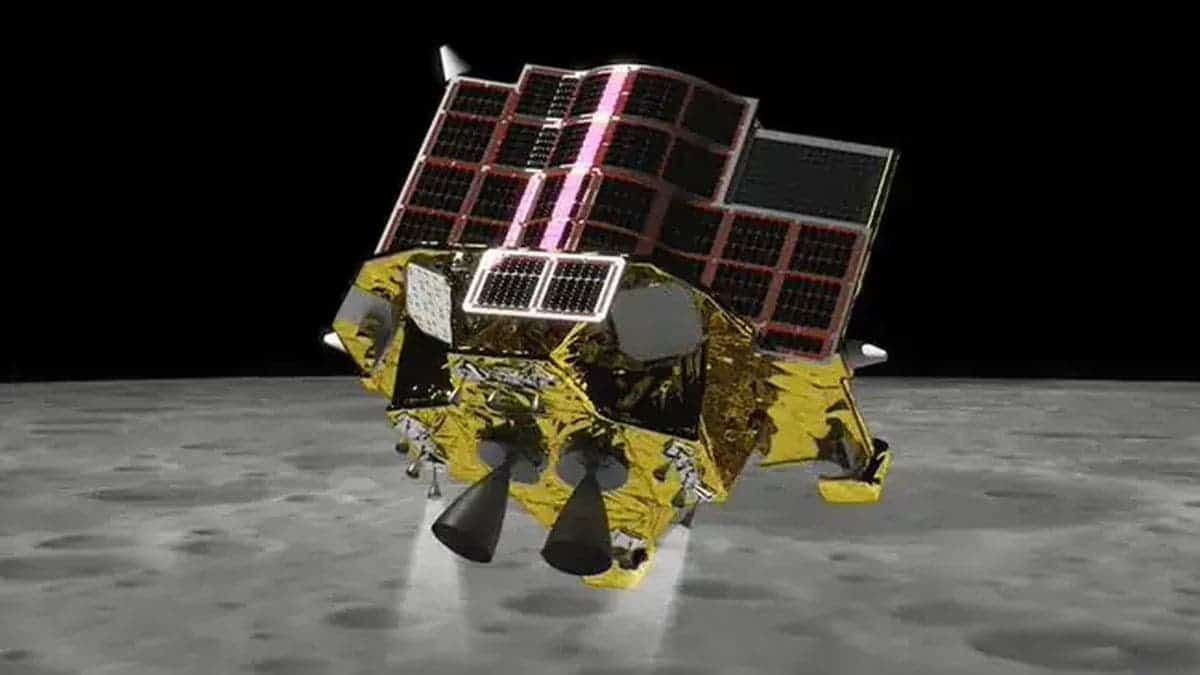
Japan’s top government spokesperson, Hirokazu Matsuno, expressed the country’s determination to continue its lunar exploration efforts, stating that while it was sad that the mission did not succeed, Japan wanted ispace to “keep trying” as its efforts were significant to the development of the country. The failure of the mission also highlights the challenges of space exploration, with landing on celestial bodies being particularly difficult. As ispace CEO Takeshi Hakamada vowed to try again, it is clear that Japan’s lunar exploration ambitions remain undeterred by the setback.
The failure of the HAKUTO-R Mission 1 (M1) is a reminder of the difficulties and risks associated with space exploration. Despite the setback, Japan’s commitment to lunar exploration remains strong. The lessons learned from the failed mission will be valuable in informing future lunar exploration efforts, and Japan’s experience will contribute to the collective knowledge of humanity’s endeavors in space.
Latest Announcement for a January 20 Moon Landing
Japan is not letting the failure of HAKUTO-R Mission 1 (M1) stop its plans. According to the plan, the probe will enter the lunar orbit on the 25th of this month. It will begin its descent around midnight on January 20 next year, and land about 20 minutes later.
The SLIM detector is 2.7 meters long and was launched on September 6 on a Japanese H-2A rocket. It is accompanied by an X-ray space telescope called XRISM. XRISM has been successfully deployed into low Earth orbit, while SLIM has begun its journey to the moon. If SLIM lands successfully, Japan will become the fifth country to land a probe on the moon. The others that have successfully done this are the Soviet Union, the United States, China and India. This landing may also open the door to more ambitious exploration missions by Japan in the future.
JAXA executives said: ” SLIM aims to achieve a precise landing with an error of no more than 100 meters. This will mark an unprecedented high-precision landing on a gravitational body such as the moon. Its results are expected to contribute to international space exploration programs currently being studied.”
SLIM also carries two small probes that will be deployed to the lunar surface after landing. The two probes will take photos of the landing site. It will also help the SLIM team monitor SLIM’s status, and provide an independent communications system for direct communication with Earth. A special camera on board the SLIM body will analyze the lunar mineral “olivine”. JAXA said that if it faces issues in the January 20 attempt, it will try again in February.
Final Words
After the setback with the HAKUTO-R Mission 1 (M1), Japan is now planning another moon landing with SLIM. No doubt, Japan must have learnt from the initial failed mission and improved its system. It still has about six weeks to the launch and hopefully, it will be successful this time.
Author Bio
Efe Udin is a seasoned tech writer with over seven years of experience. He covers a wide range of topics in the tech industry from industry politics to mobile phone performance. From mobile phones to tablets, Efe has also kept a keen eye on the latest advancements and trends. He provides insightful analysis and reviews to inform and educate readers. Efe is very passionate about tech and covers interesting stories as well as offers solutions where possible.

